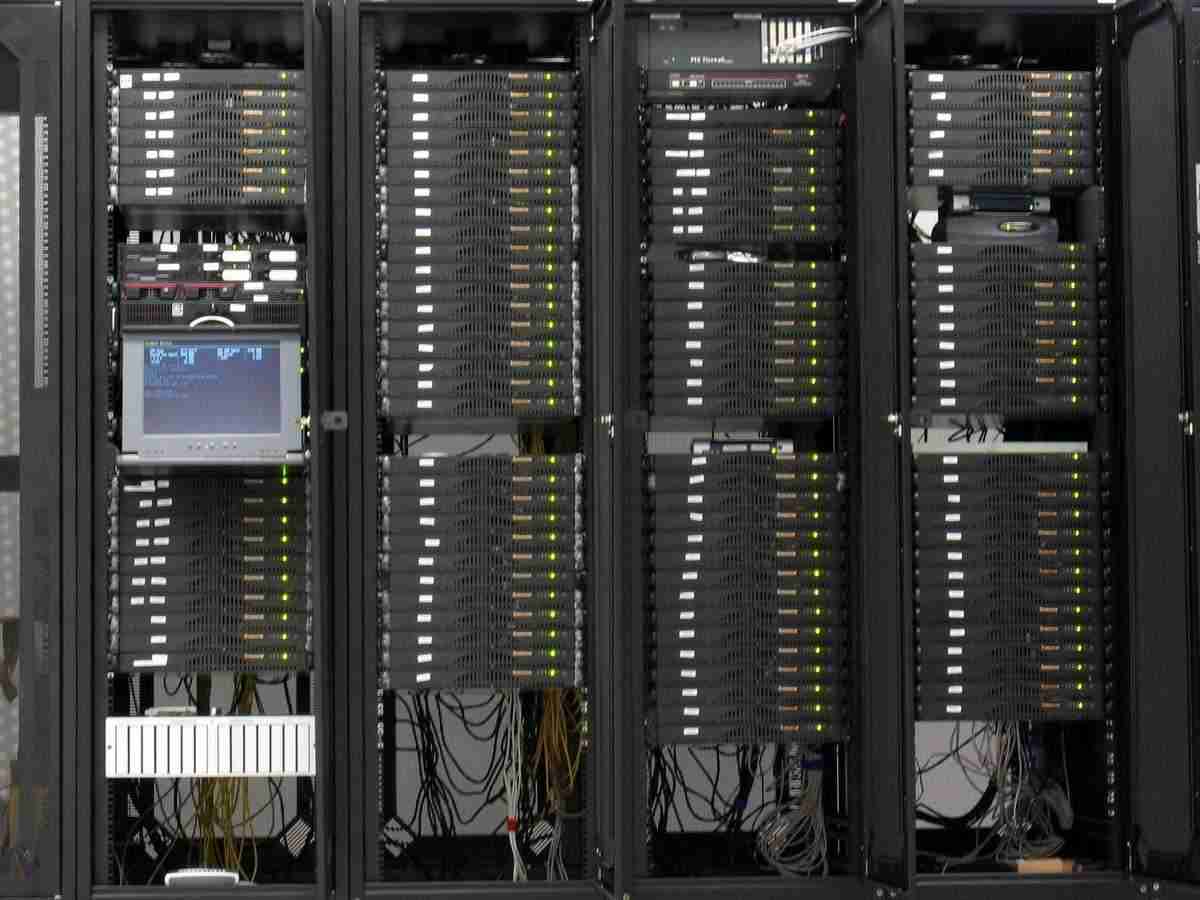
I’m Noah (a.k.a. ax0n, Noah Axon). My career trajectory has been mostly systems and network administration, and information security, though I’ve spent the past five years in engineering management roles. I’ve been into UNIX since I was 12, cutting my teeth on AT&T System V, IBM AIX, and DEC OSF-1 beginning with shell accounts provided by various local dial-up ISPs and the college my mother taught at. In 1994, my father and I gave Slackware a spin on the family’s old desktop after an upgrade. But this isn’t about Linux. This is about BSD.
When I moved out of my parents’ place in 1998, one of my new roommates introduced me to FreeBSD, which he was running on a SPARCStation IPX. Coming from Slackware and Red Hat, the thing that stuck out to me most was FreeBSD’s Ports system—a welcome departure in package management. The layout of the configuration files made more sense to me as well. I had a laptop that worked better with Red Hat—at the time, FreeBSD didn’t like to suspend, and frequently crashed when inserting or removing PCMCIA cards. A classmate of mine had mentioned trying OpenBSD instead, especially given my interest in the information security field, but I was comfortable with my setup.
I took that laptop with me to the DEFCON conference in the summer
of 1999 and, while trying to install some libraries needed for new
software tools I’d learned about, managed to get my laptop into an
unusable state. My classmate introduced me to Theo deRaadt, who was
at a vendor booth hawking CDs and merch. I bought OpenBSD 2.5,
tossed it into my laptop’s CD drive, and hoped for the best. What
I got was a minimalist setup, with the Ports system I’d come to
know and love. And everything—even PCMCIA cards and sleep—
just worked, once I’d read the contents of “man afterboot” and the
documentation referenced therein (such as “man intro”). Indeed, it
felt like all the documentation I’d ever need was expertly crafted
in the man pages. The /etc/rc.conf (and rc.conf.local) syntax
was familiar, and I had a pretty easy start with OpenBSD. I easily
installed WindowMaker, Firefox, and a few other things I needed.
OpenBSD felt like home in under an hour.
I eventually landed a job at a local startup that was using a stripped-down installation of OpenBSD for a big project. As startups often go, my roles there were varied—and ran the gamut of racker/stacker/builder, system administrator, helpdesk, release engineer and keeper of the source code repository. At our peak, we had nearly 400 rack-mount 1U servers running OpenBSD 3.8, most of them running from RAMDisk, booting from 32MB USB drives. This job was also my introduction to using OS X as a primary workstation—it was Unix-y enough for me to feel comfortable using daily.
 Nearly 400 rack-mount servers running OpenBSD
Nearly 400 rack-mount servers running OpenBSD
From 2006 through 2010 or so, I considered myself to be “Operating System Agnostic"—I was using Solaris, Windows and OS X frequently at work, but reserved OpenBSD for my personal servers. In 2010, my primary laptop (then a Black 13” 2006 MacBook) started having battery and power brick problems, and my wife bought a pair of Toshiba laptops to replace both of our ailing machines. I ended up with a Toshiba NB305. You can read my whole Coming home to OpenBSD article, but the short version is that OpenBSD ran perfectly on it when other operating systems fell short, and OpenBSD has remained my primary desktop/laptop OS of choice ever since.
Shortly after I switched to OpenBSD on my laptop, I converted my primary desktop (a lowly 2.8 GHz Core2Duo) as well. Despite its lack of RAM and processing power, it does almost everything I want to do with OpenBSD, with the exception of having the hardware to utilize the VMM hypervisor. I still rely on this relatively old machine as my primary workstation. I mostly rely on text-mode tools and a web browser, and the recent work on the Firefox package shines brightly. Though it’s even more anemic than my desktop, I still use the NB305 for travel, as it gets 7 or more hours of runtime on the battery, and it’s quite portable. To satisfy my need to tinker with VMM, I went through quite the ordeal upgrading an inexpensive hand- me-down Acer 5733Z laptop with an i5 CPU, 8GB of RAM a 120GB SSD, and swapping the original Broadcom Wi-Fi card with a supported Atheros card. That’s been my daily driver for about two years now, and it’s where most of my OpenBSD experiments take place (often inside a VM).
With each release of Windows gathering more data, each release of macOS straying further from Unix principles, and mainstream Linux distros increasinly giving way to the tenticles of systemd while gaining complexity in other ways, sticking with OpenBSD everywhere I’m able to is an easy choice. Frequently-added features such as pledge(2), unveil(2), and a constant improvement in code-quality, rather than additional encumberance are just icing on the cake!
I was an early adopter of OpenBSD’s relay-based httpd, migrating to it the week that it was officially released in the base distribution of OpenBSD 5.6. I maintain a popular guide for running PHP/MySQL sites on OpenBSD with httpd, which is kept up-to-date with each release.
I run FreeBSD on one Raspberry Pi at home, and also have several HP Jornada 720s, one of which is always running NetBSD
You can read more of my ramblings (much of which is OpenBSD-related) on H-i-R. You can also find me in the OpenBSD freenode channel (n0xa) as well as on Mastodon and Twitter.
Hosted by OpenBSD Amsterdam
Sponsored by netzkommune